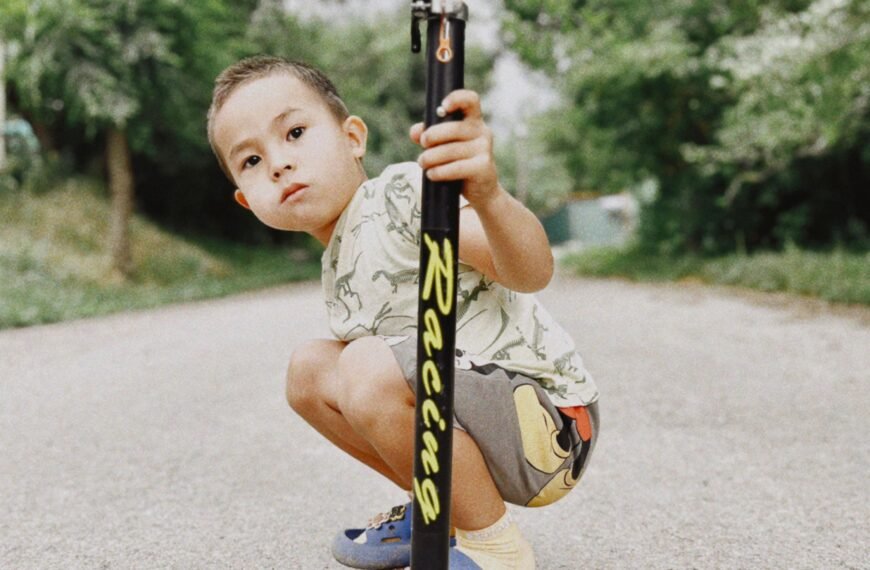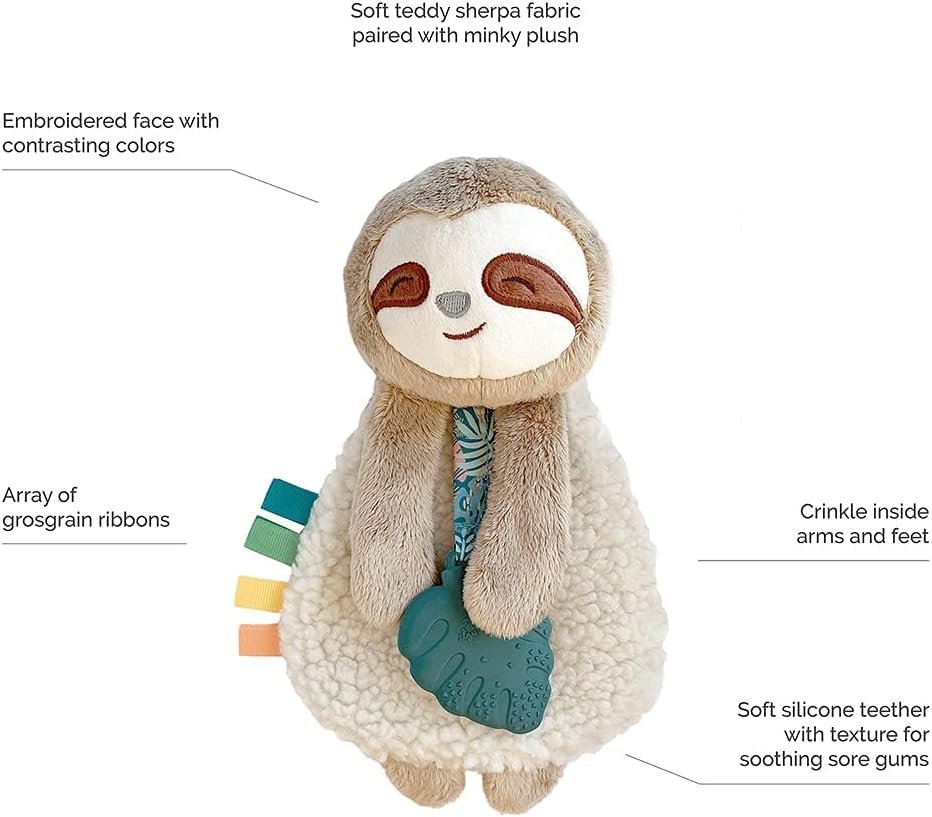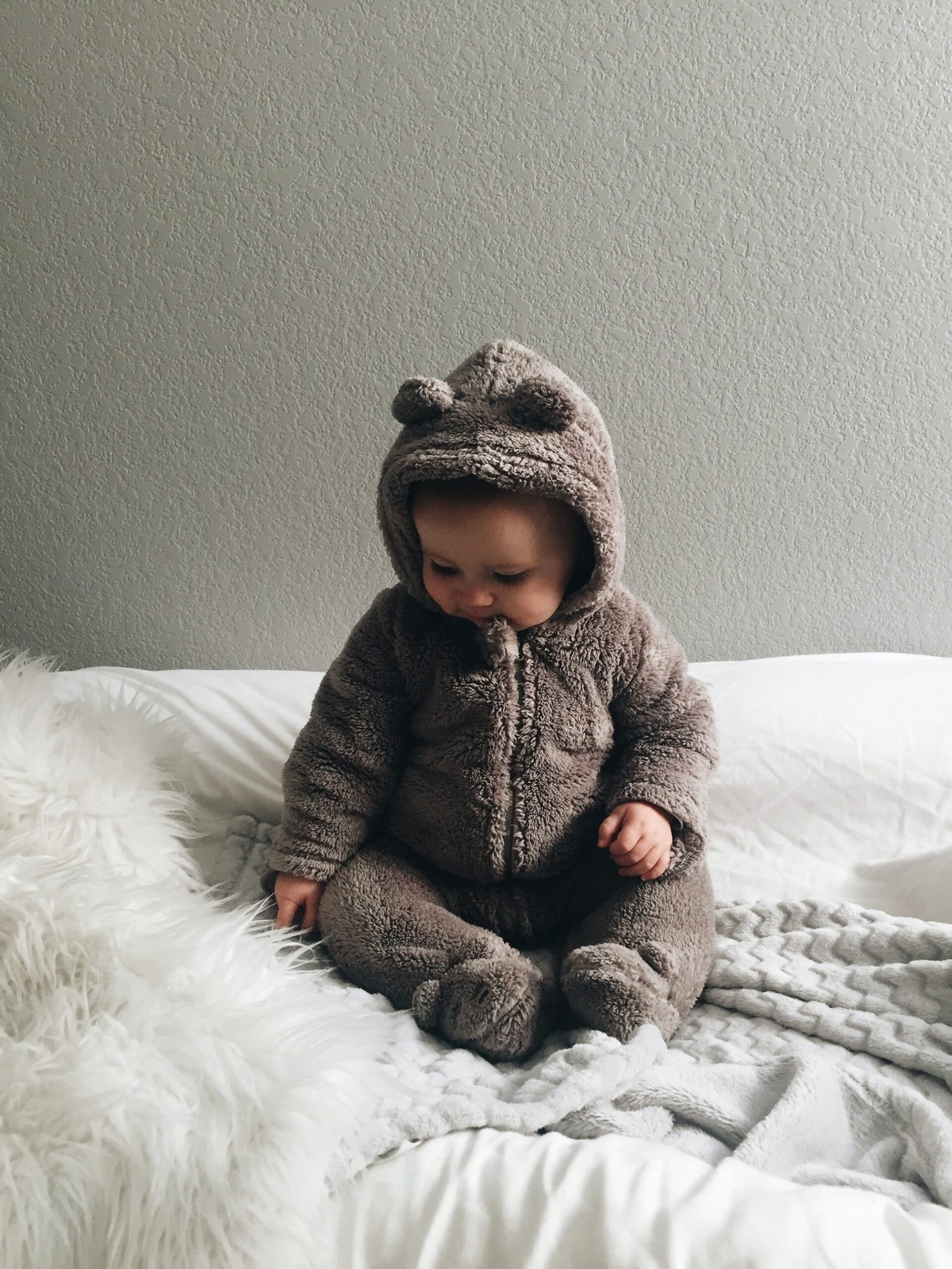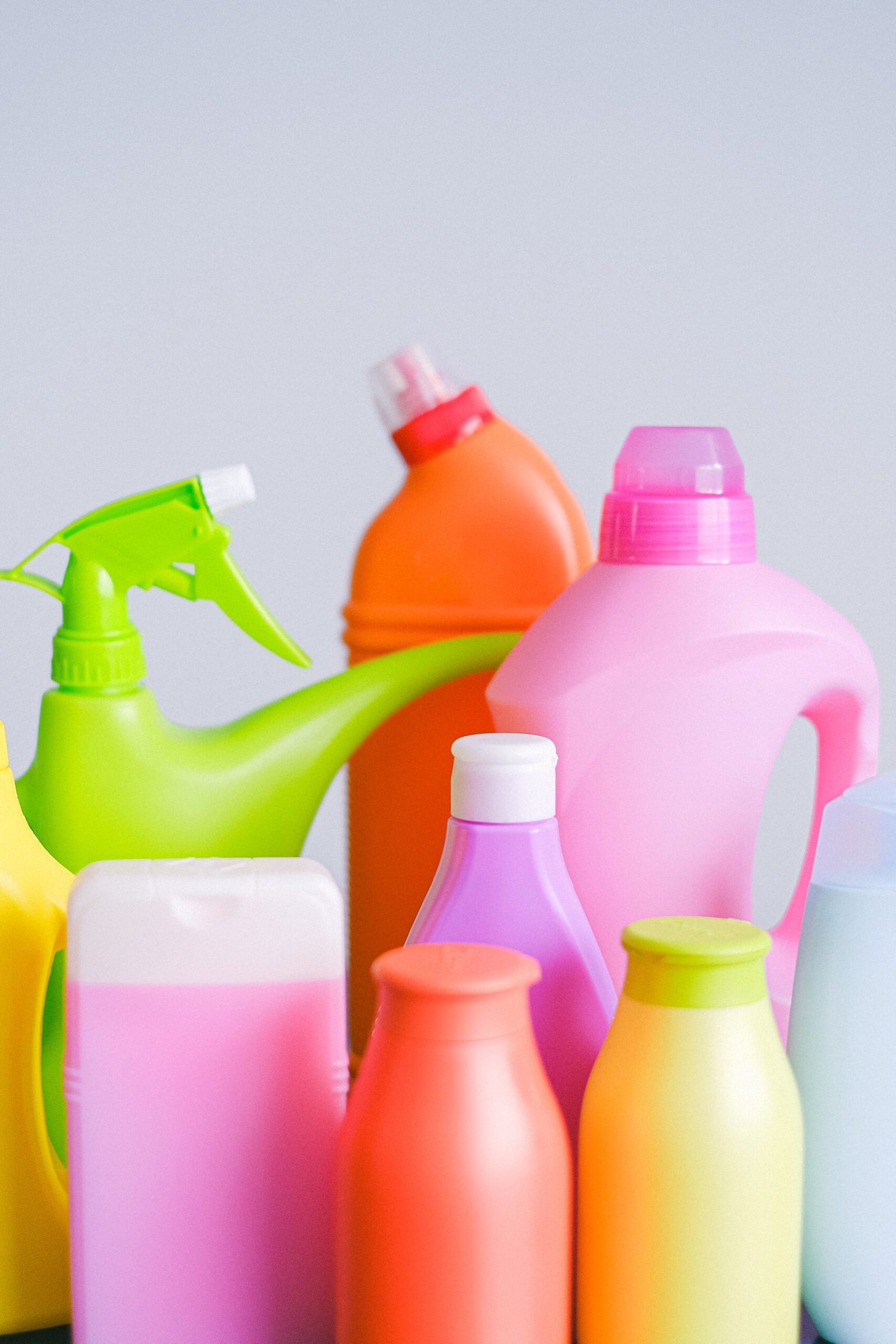If you’ve ever wondered how to keep your baby’s bath toys clean and germ-free, look no further! In this article, we will explore the best methods and tips for cleaning baby bath toys effectively. From simple yet effective home remedies to thorough sterilization techniques, you’ll find everything you need to ensure your little one’s bath time remains hygienic and enjoyable. Say goodbye to mold, bacteria, and mildew, and say hello to squeaky clean and safe bath toys for your precious bundle of joy!
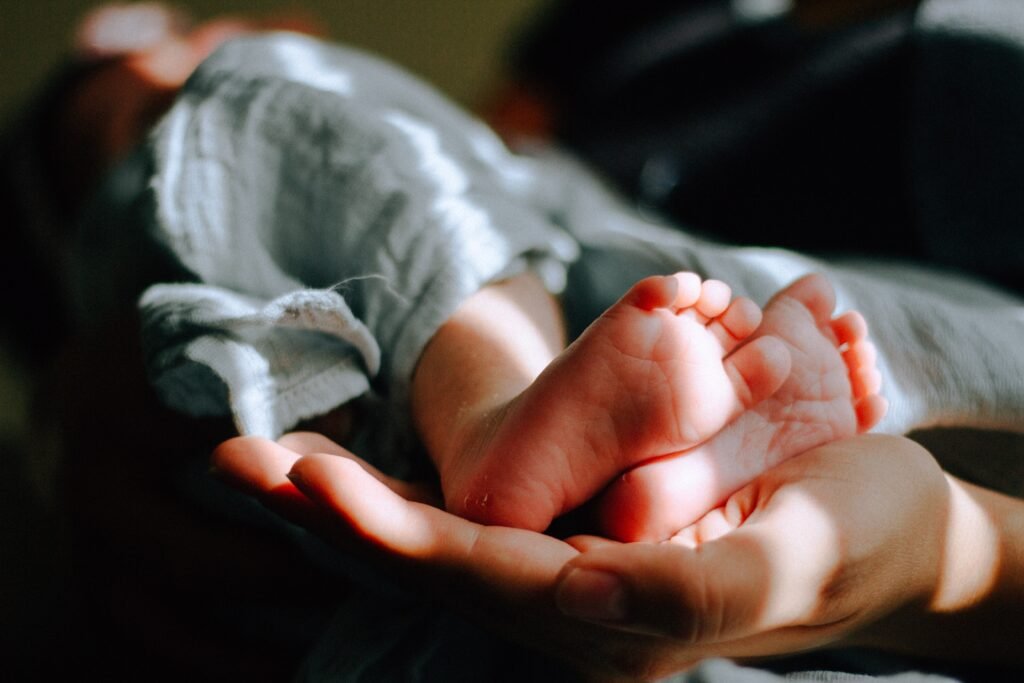
Check Baby Toys Guide & Review
Preparing for cleaning
Before you begin the task of cleaning your baby’s bath toys, it’s important to gather everything you need and set up a proper cleaning space. First, start by organizing the toys. Separate them into categories such as plastic, rubber, squeeze, and floating toys. This will help you determine the specific cleaning method for each type of toy.
Once the toys are organized, gather the necessary cleaning supplies. You’ll need a variety of natural cleaning solutions, such as vinegar, baking soda, lemon juice, and a diluted bleach solution. Additionally, make sure you have a toothbrush, cotton swabs, towels, and a hairdryer for drying the toys after cleaning. Having all the supplies ready before you start will make the cleaning process much smoother.
Cleaning methods for different types of toys
Each type of toy requires a different cleaning method to ensure proper sanitation. For plastic toys, a simple solution of warm water and mild dish soap can do wonders. Gently scrub the toys with a sponge or cloth and rinse thoroughly. Be careful not to use any harsh chemicals that may damage the plastic.
Rubber toys, such as rubber ducks, require a similar cleaning method. However, you can also use a vinegar solution to remove any buildup or mold. Mix equal parts vinegar and water and soak the toys for a few minutes. Then, scrub with a sponge, rinse thoroughly, and allow them to air dry.
Squeeze toys can be a bit trickier to clean. Start by squeezing out any water or moisture trapped inside the toy. Then, fill a basin with warm water and a couple of tablespoons of bleach. Let the toys soak for about five minutes, then rinse thoroughly. Remember to squeeze out any excess water before drying.
Floating toys often have small holes that can accumulate water and potentially mold. To clean these toys, fill a basin with warm water and a small amount of bleach. Let the toys soak for a few minutes, then scrub them with a sponge or cloth. Rinse well and allow them to air dry completely before storage.
Using natural cleaning solutions
Using natural cleaning solutions is a safe and effective way to clean your baby’s bath toys. One popular option is a vinegar solution. Mix equal parts white vinegar and water in a bowl or basin. This solution is great for removing soap scum and mold buildup on plastic and rubber toys. Simply soak the toys in the solution for a few minutes, scrub gently, and rinse thoroughly.
Baking soda is another versatile cleaning agent. Create a baking soda paste by mixing baking soda with a small amount of water. This paste can be used to remove stubborn stains or dirt from plastic and rubber toys. Apply the paste to the toys, scrub gently, and rinse thoroughly. The baking soda will help eliminate odors and leave the toys looking and smelling fresh.
For a more heavy-duty cleaning, you can use a diluted bleach solution. Mix one part bleach with nine parts water in a basin. This solution is useful for disinfecting toys that may have come into contact with germs or bacteria. Soak the toys in the solution for a few minutes, scrub gently, and rinse thoroughly. Note that you should always use bleach in a well-ventilated area and avoid mixing it with other cleaning products.
If you prefer a natural scent, lemon juice mixed with water can be used as a cleaning solution. Lemon juice has natural antibacterial properties and can help remove stains and dirt from your baby’s bath toys. Mix equal parts lemon juice and water in a basin, soak the toys, scrub gently, and rinse thoroughly. The lemon scent will leave the toys smelling fresh and clean.
Disinfecting the toys
Disinfecting your baby’s bath toys is crucial for maintaining a clean and safe play environment. Regular disinfection helps eliminate germs, bacteria, and mold that may grow on the toys. It is especially important to disinfect toys that have been in contact with your baby’s mouth or any bodily fluids.
One common method of disinfection is boiling the toys. Fill a pot with enough water to cover the toys and bring it to a boil. Add a small amount of dish soap or vinegar to the water for extra cleaning power. Place the toys in the boiling water and let them simmer for about five minutes. Remove the toys carefully and allow them to cool before use. This method is effective for most types of toys, but be cautious with toys that may melt or deform under high heat.
Another method of disinfection is using the microwave. Place the toys in a microwave-safe container filled with water. Add a small amount of dish soap or vinegar to the water for extra cleaning power. Microwave the toys for about one minute, or until the water reaches a boiling point. Carefully remove the container from the microwave and allow it to cool before handling the toys.
For toys that cannot be boiled or microwaved, freezing can be an effective method of disinfection. Place the toys in a sealable plastic bag and put them in the freezer for a few hours. The freezing temperatures will kill any bacteria or germs on the surface of the toys. After freezing, let the toys thaw and dry completely before use.
Lastly, steam cleaning can be a convenient and effective way to disinfect your baby’s bath toys. Steam cleaners use high-pressure steam to kill bacteria and germs without the need for any chemicals. Place the toys in the steam cleaner and follow the manufacturer’s instructions for operation. This method is especially useful for toys with small crevices or hard-to-reach areas.

Cleaning hard-to-reach areas
To ensure a thorough cleaning, it’s important to pay attention to hard-to-reach areas on your baby’s bath toys. A toothbrush can be a handy tool for scrubbing these areas. Choose a soft-bristled toothbrush to avoid scratching or damaging the toy’s surface. Dip the toothbrush in your chosen cleaning solution and gently scrub any crevices or corners on the toys. Rinse well to remove any leftover cleaning solution.
Cotton swabs are another useful tool for cleaning hard-to-reach areas. Dip the cotton swab in your chosen cleaning solution and use it to clean small crevices or tight spaces on the toys. The soft and absorbent cotton tip will help remove dirt and grime from these areas. Remember to rinse the toy thoroughly after using cotton swabs to remove any cleaning solution residue.
Drying the toys
After the cleaning process is complete, it’s crucial to dry the toys properly before storing them. Moisture left on the toys can encourage mold growth and bacterial contamination. There are several methods you can use to dry the toys effectively.
Air drying is the simplest and most common method. Lay the toys on a clean towel or drying rack and let them air dry completely. Ensure that all parts of the toys are exposed to air to prevent moisture buildup. This method is suitable for most types of toys and allows for natural drying without any additional heat or power.
Using a towel is another quick and efficient method of drying bath toys. After cleaning the toys, pat them dry with a clean towel. Pay extra attention to squeeze out any water trapped inside the toys. The towel will absorb the excess moisture and speed up the drying process. Make sure to use a clean and dry towel to avoid reintroducing any dirt or bacteria.
If you’re in a hurry or prefer a faster drying method, you can use a hairdryer. Set the hairdryer to a cool or low heat setting and hold it a safe distance away from the toys. Gently move the hairdryer around the toys, ensuring that all areas are thoroughly dried. Be cautious not to use high heat settings or hold the hairdryer too close, as it can damage certain types of toys.
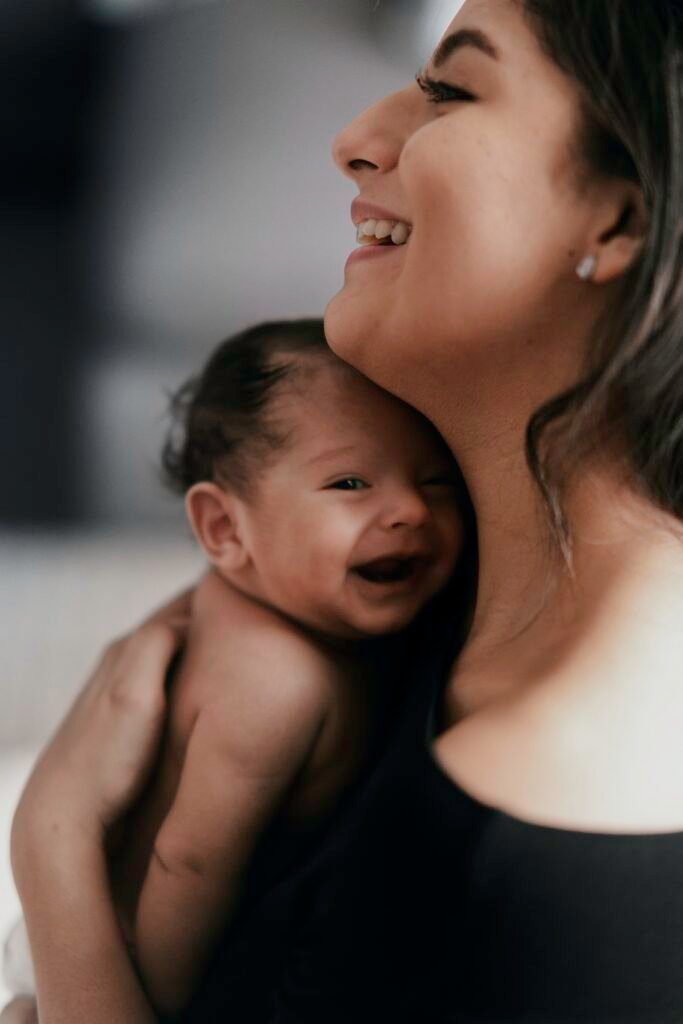
Storing cleaned toys
Proper storage of cleaned bath toys is essential to maintain their cleanliness and longevity. Here are some tips to keep in mind when storing your baby’s bath toys.
Invest in proper storage containers that are specifically designed for bath toys. These containers often have proper drainage features to prevent moisture buildup and mold growth. Look for containers with holes or mesh bottoms that allow water to drain out easily. Make sure to rinse and dry the toys before placing them in the storage container to avoid trapping any moisture inside.
Keeping the toys dry is crucial in preventing mold or mildew issues. Before storing the toys, make sure they are completely dry. Wipe them down with a towel or allow them to air dry thoroughly. Check for any hidden areas where water might have accumulated and ensure they are dry as well. Moisture is the main culprit for mold growth, so it’s important to store the toys in a dry environment.
Avoid storing bath toys in areas with high humidity, such as the bathroom. Moisture-laden environments can encourage mold growth, even on dry toys. Instead, find a cool and dry area in your home for toy storage. This will help prolong the lifespan of your baby’s bath toys and reduce the risk of mold or mildew issues.
Regular cleaning routine
Establishing a regular cleaning routine for your baby’s bath toys is crucial for maintaining a clean and safe play environment. The frequency of cleaning depends on how often the toys are used and the exposure to dirt or bacteria. Here are some guidelines to follow for a regular cleaning routine.
Quick wipe-downs after each bath session can help prevent the buildup of soap scum or dirt on the toys’ surface. Use a sponge or cloth dampened with warm water to wipe down the toys. This simple step can go a long way in keeping the toys clean and hygienic.
Sanitizing the toys before each bath session is also important, especially if your baby puts the toys in their mouth. Use a natural disinfectant like the diluted bleach solution or vinegar solution mentioned earlier. Soak the toys in the solution for a few minutes, scrub gently, and rinse thoroughly. This will help eliminate any bacteria or germs that may have come into contact with the toys.
Inspecting for damage
Regularly inspecting your baby’s bath toys is crucial for ensuring their safety and longevity. Over time, toys may develop signs of wear or damage that can pose a risk to your child. Here are some things to look out for when inspecting bath toys.
Recognizing signs of wear, such as cracks, holes, or peeling, is important. These signs can indicate that a toy is no longer safe for use. Sharp edges or loose parts should also be noted and addressed immediately. If you notice any signs of wear or damage, it’s best to replace the toy with a new one to ensure your baby’s safety.
Replacing damaged or broken toys is essential to prevent any potential hazards. Avoid using DIY repairs or adhesives on bath toys, as they may not be durable or safe for water exposure. It’s always better to err on the side of caution and invest in new toys that are in good condition.
Safety precautions
When it comes to cleaning and maintaining your baby’s bath toys, there are a few safety precautions you should keep in mind.
Avoid using harsh chemical cleaners on the toys, especially those that are intended for adult use. Babies and young children have more sensitive skin and may react negatively to certain chemicals. Stick to natural cleaning solutions like vinegar, baking soda, or lemon juice to ensure a safe and gentle cleaning process.
Always supervise infants and toddlers during playtime with bath toys. Young children may put the toys in their mouths or engage in rough play, which can increase the risk of accidents or choking hazards. Stay close to your child and ensure that they are playing safely with their bath toys.
In conclusion, cleaning your baby’s bath toys is an important task that should be done regularly to maintain their cleanliness and safety. By following these comprehensive guidelines and using the recommended cleaning methods, you can ensure that your baby’s bath toys remain sanitary and enjoyable for many bath times to come.






